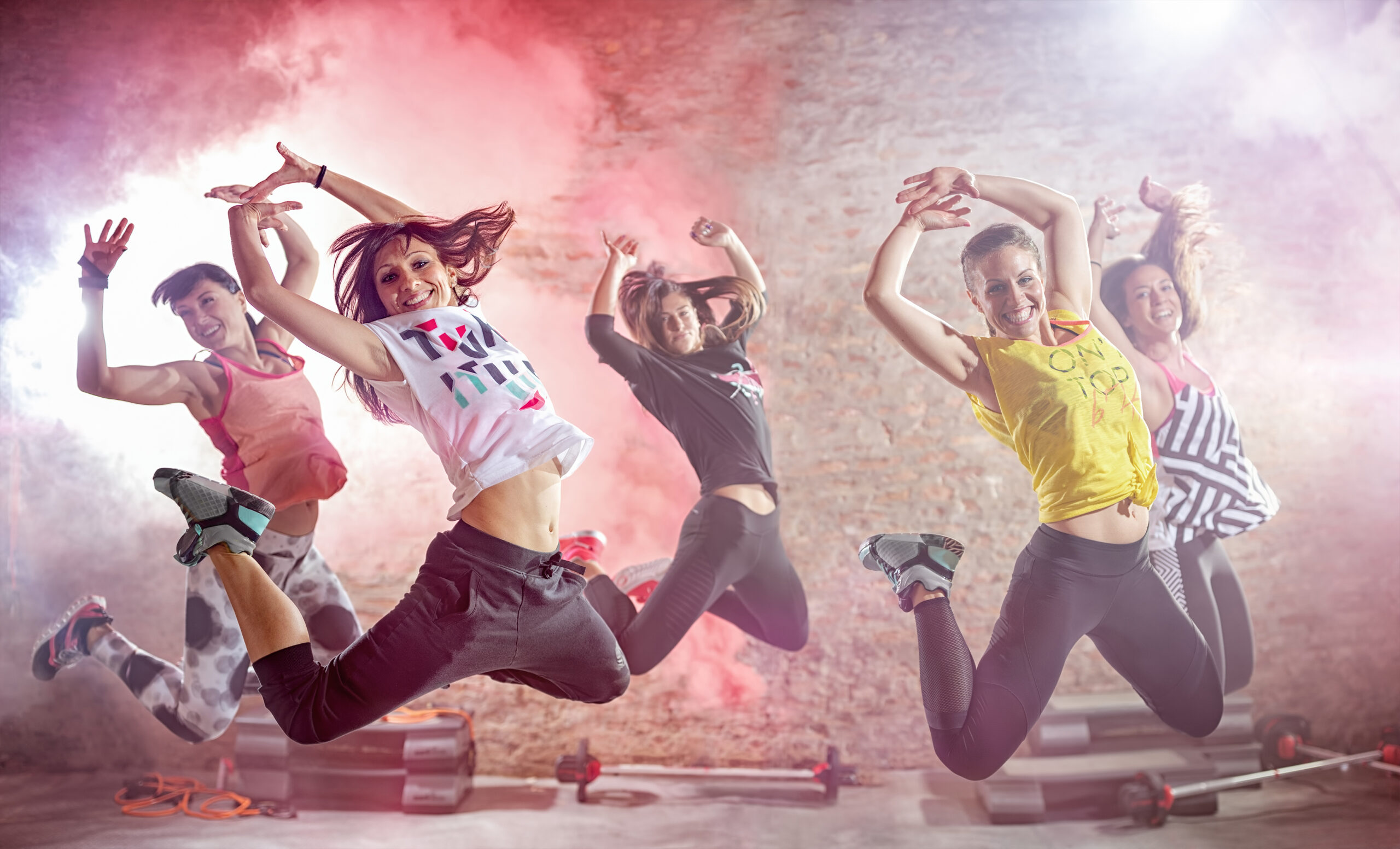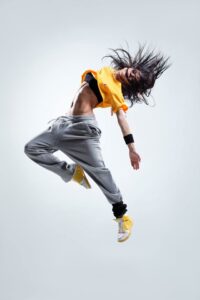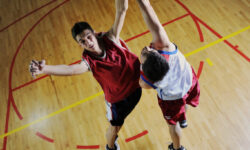
As the stars hit the dance floor on our screens every Saturday night for the 14th series of Strictly Come Dancing, we reveal some of the fitness moves that the dancers and the celebrity participants will be going through to enable them to perform plies and pirouettes with ease.
But first, here are a few words about why dance could provide the path to fitness for you.
From fox trot to Flamenco, jive to Viennese Waltz, there are many different style of dance, all calling for different forms of fitness. Which is why dance is such a great way to get fit.
Whether you like to jump or jive, tap or tango, shake your hips or your booty, dancing is one of the most enjoyable ways to get moving. Regular dancing is great for losing weight, maintaining strong bones, improving posture and muscle strength, increasing balance and co-ordination, and beating stress.
And as a bonus, dance is a great way to get out and meet people in a fun, lively environment.
Four very different dance styles that might appeal to you
Modern jive
Modern jive, popularly known as LeRoc and Ceroc, has evolved from jive and swing into one of the simplest of all partner dances. There’s no footwork to learn so within half an hour of starting, you will be turning and spinning to the biggest chart hits of today and yesterday, with lots of different partners.
For more information visit The LeRoc Modern Jive Federation.
Street dance
Street dance describes urban dance styles that evolved in the street, school yards and nightclubs, including hip hop, popping, locking, krumping and breaking. These dances are practised competitively, as well as being an art form and a great workout.
For more information, including classes near you, visit Dance Near You.
Ballet
The first ballet school, the Académie Royale de Danse, was established in France in 1661. Today there are three main forms of ballet: classical, neoclassical and contemporary. Ballet’s conventional steps, grace and fluidity of movement are a great foundation for dance in general.
For more information visit the Royal Academy of Dance or the British Ballet Organisation (BBO).

Zumba
Zumba is a popular fitness programme inspired by Latin dance. The word “Zumba” comes from a Colombian word that means to move fast and have fun. Using upbeat Latin music together with cardiovascular exercise, Zumba is aerobic dancing that’s great fun and easy to learn.
For a great Zumba workout, join one of our Kelsey Kerridge Zumba classes.
Whichever dance style appeals to you, by doing it regularly, you will soon see the fitness benefits.
Three exercises that combine dance movements and fitness.
Knee lift with hand weights
Hold your arms stretched out at shoulder height with a light weight in each hand. Lift your right knee towards your chest, then lower. Now lift your left knee and at the same time, raise both arms over your head, then lower. That is one complete cycle. Repeat 20 times.
Good for: Arms, shoulders, core strength; flexion in the hips.
Fold over
Face a chair with your forearms resting on the back. Fold over from the waist so your back resembles a flat table top and your legs are straight. Keep your left leg on the floor, raise the heel and bend slightly at the knee. Now lift and extend your right leg behind you. Hold for a count of five then slowly release to the ground. Repeat 20 times on each leg.
Good for: Abdominals, glutes and hamstrings.
Plie with tendu
Stand sideways to a chair, holding the chair with your right hand and your left hand out to the side, holding a light weight which you keep at shoulder height. Stand with feet slightly wider than hip-width, toes pointing out. Bend your knees into a deep plie (squat). As you straighten your legs, point your left foot and glide it out in front of you. Mirror this with your left arm, gliding it in front of you. Return to starting point. Repeat 20 times on each leg.
Good for: Inner thighs, glutes, core and arms.
Keeeeeep dancing!







